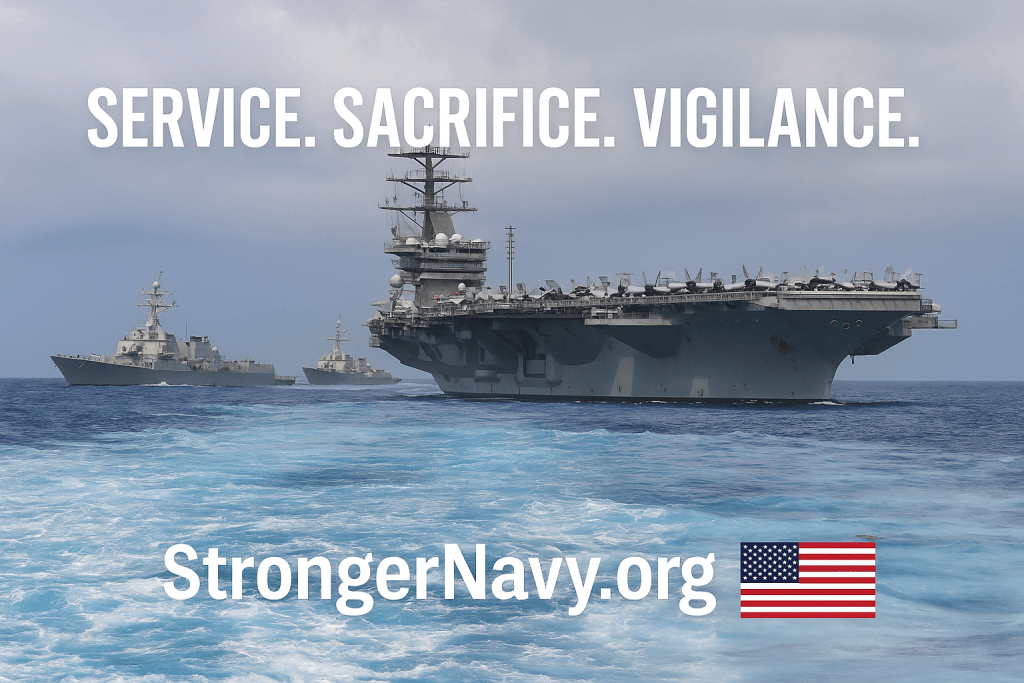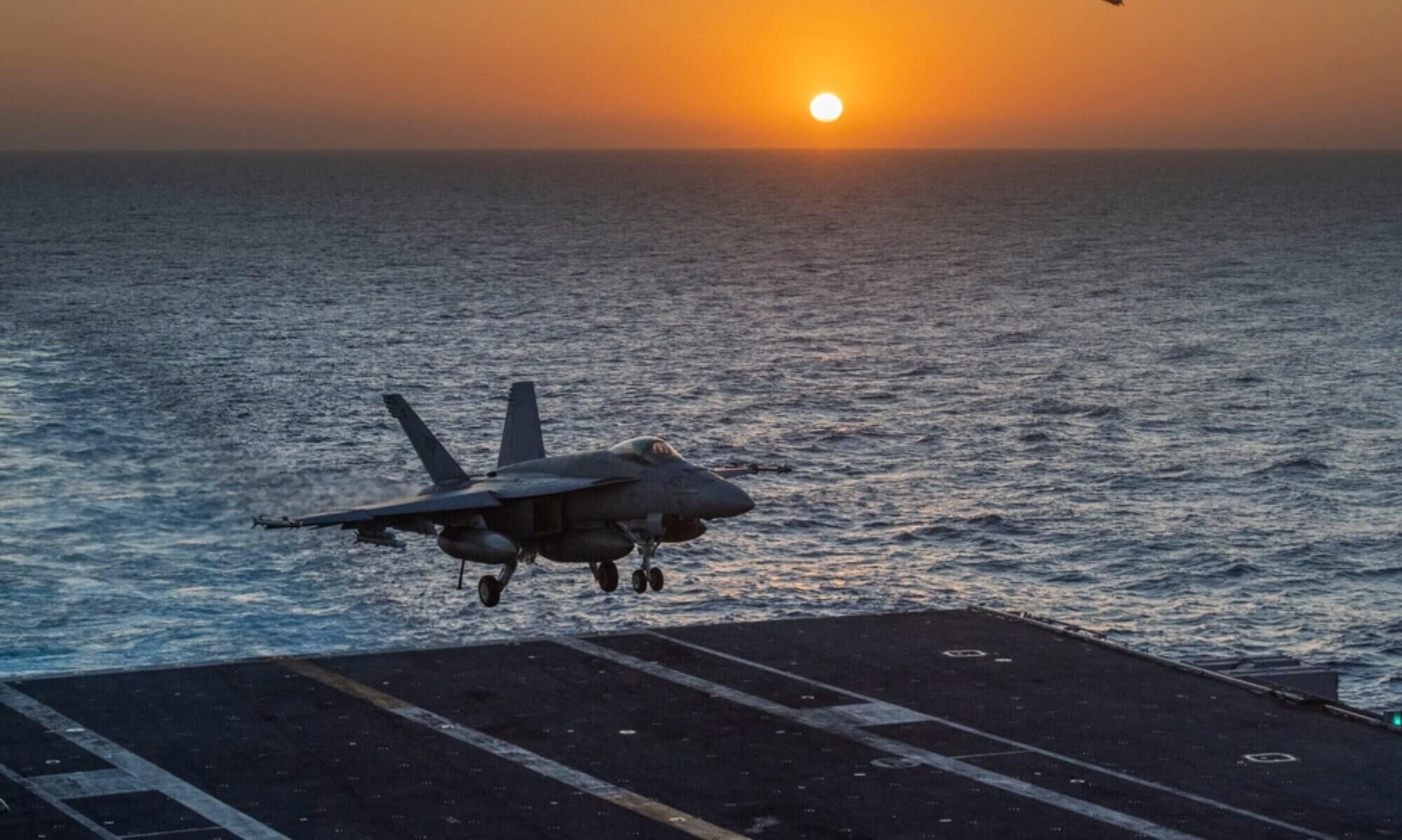

Introduction
As a crewman aboard the guided missile destroyer Henry B. Wilson (DDG-7) in the mid-1970s, and with family members tragically scarred from the ravages of war, Veterans Day has always carried deep meaning for me. It’s a day to pause—not just to thank—but to truly remember. To remember those who served, those captured or killed, and those who still stand the watch today.
Why This Matters
Growing up in the 1950s and ’60s shaped how my generation understood service. We played with G.I. Joe action figures modeled after real Medal of Honor recipients. We watched John Wayne storm the beaches in black-and-white war films. We practiced duck-and-cover drills beneath our school desks, Cold War tension seeping into our childhood games.
But today’s America looks different. More than half of our population was born after 1980—long after the draft ended, after Vietnam, after the Cold War. For many Americans under 45, military service is something distant, something other families do. Only about 7% of living Americans have served in uniform. The connection between civilian and sailor, between hometown and ship, has quietly frayed.
That disconnect matters more than ever.
Service Without Fanfare
For many who wore the uniform, service wasn’t about recognition. It was about duty. For some, like the sailors of the Vietnam era, there were no parades waiting when they came home. For others, like my shipmates during the Cold War, their battles were fought in the shadows—quiet missions, constant vigilance, and readiness that helped keep the peace. And for those who have served through the long years in the Middle East and beyond, their courage continues the legacy of those who came before.
Every generation of sailors shares the same bond—service, sacrifice, and love of country.
A Navy of Many Missions
The U.S. Navy has always been more than ships and sailors—it’s a reflection of America’s strength, innovation, and resolve. Across decades, each generation of naval service has carried its own unique challenges.
Vietnam Era: From the blue-water carriers and destroyers offshore to the brown-water patrols on the Mekong Delta, Navy men and women served in every corner of the conflict. Aircraft carriers launched thousands of sorties into hostile skies. River patrol boats navigated treacherous waterways where the enemy could be anywhere. Many came home quietly. Some never did. Too many were forgotten.
Cold War Service: During the tense decades that followed, our ships sailed the world’s seas not to fight—but to deter. We tracked Soviet submarines beneath the Arctic ice. We escorted convoys through contested waters. We maintained an unbroken presence that reminded adversaries of America’s reach. It was a different kind of war—one measured in vigilance rather than victories—but no less vital to our nation’s freedom.
Middle East and Modern Conflicts: From the Persian Gulf to the Red Sea, from the Horn of Africa to the South China Sea, today’s sailors face danger in new forms—terrorism, piracy, cyber warfare, and constant deployments that stretch families to the breaking point. They serve aboard destroyers, submarines, carriers, and expeditionary units—standing between chaos and stability, often far from home, always ready.
The POW/MIA Legacy
No tribute is complete without remembering those who never returned—and those who survived against impossible odds.
Some Did Make It Home—But Paid a Heavy Price
Captain Charlie Plumb, a Navy fighter pilot from Kansas who flew F-4 Phantoms off the USS Kitty Hawk, completed 74 successful combat missions over North Vietnam. On his 75th mission—just five days before the end of his tour—he was shot down over Hanoi. He spent the next 2,103 days as a prisoner of war. Nearly six years in an 8-by-8-foot cell. Torture. Isolation. Yet Plumb became a lifeline to his fellow POWs through underground communications, serving as chaplain and inspiration when hope seemed impossible. He came home. He continued flying for the Navy for decades, retiring as a Captain after 31 years of service. His survival reminds us that some battles don’t end when the guns fall silent—they continue in the hearts and minds of those who endured.
Others Waited Decades to Come Home
Captain Thomas Edwin Scheurich Sr., a Naval Aviator from Norfolk, Nebraska, was designated missing in action following a night mission on March 1, 1968. For 57 years, his name stood among the missing. His wife Eileen raised their four children without him. His family grew—grandchildren he would never meet, milestones he would never witness. But they never forgot. On May 23, 2025, the Defense POW/MIA Accounting Agency notified his family that his remains had been identified and recovered. This Veterans Day week—November 14, 2025—Captain Scheurich will be laid to rest with full military honors at Arlington National Cemetery.
He was 6’4″ tall and somehow squeezed his whole family into a tiny blue Austin-Healey Sprite. He taught himself banjo and accordion, played in a Dixieland band, and built a boat from scratch. He lived life to its fullest. His journey ended far too soon at age 34.
Captain Plumb made it home. Captain Scheurich finally came home. But thousands of their brothers and sisters never will.
These stories remind us: some debts can never be fully repaid. But they can be remembered. They must be remembered.
Welcome home, Captain Scheurich. Your courage endures. Your sacrifice will never be forgotten.
Why Americans Should Care
Freedom doesn’t sustain itself—it depends on those willing to protect it. Whether in Da Nang or the Persian Gulf, in the Pacific or the Arctic, the spirit of America’s sailors remains constant.
These men and women come from every corner of our country—from farming towns and inner cities, from both coasts and everywhere in between. They stand the watch, often without thanks, but always with pride. They miss birthdays and holidays. They sacrifice time with children who grow up in their absence. They do this so the rest of us don’t have to.
As citizens, we owe them more than gratitude—we owe them understanding, support, and the tools they need to succeed. We owe them a Navy that’s ready, maintained, and respected. We owe them leaders who remember that ships don’t sail themselves, and that every capability gap puts sailors at risk.
Let’s Roll
On this Veterans Day, let us honor every sailor—past and present. From the jungles of Vietnam to the carrier decks of today’s fleet, from the Cold War’s silent service to the visible wars of the 21st century, they’ve carried America’s strength across the seas.
That’s why we launched Charting the Course: Voices That Matter—a 24-part educational series breaking down how we got here, what went wrong, and what must happen next. Our goal is simple: educate the public, connect the dots, and build the support needed to close the readiness gap before it’s too late.
The watch continues. The mission endures. And America’s sailors deserve our unwavering support.
Let’s roll.

